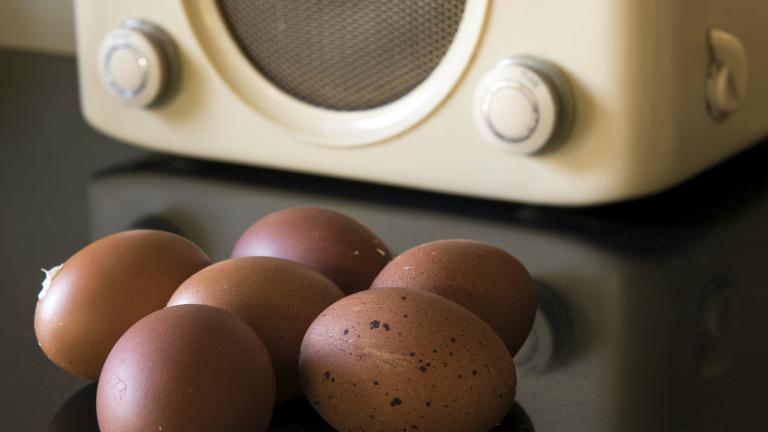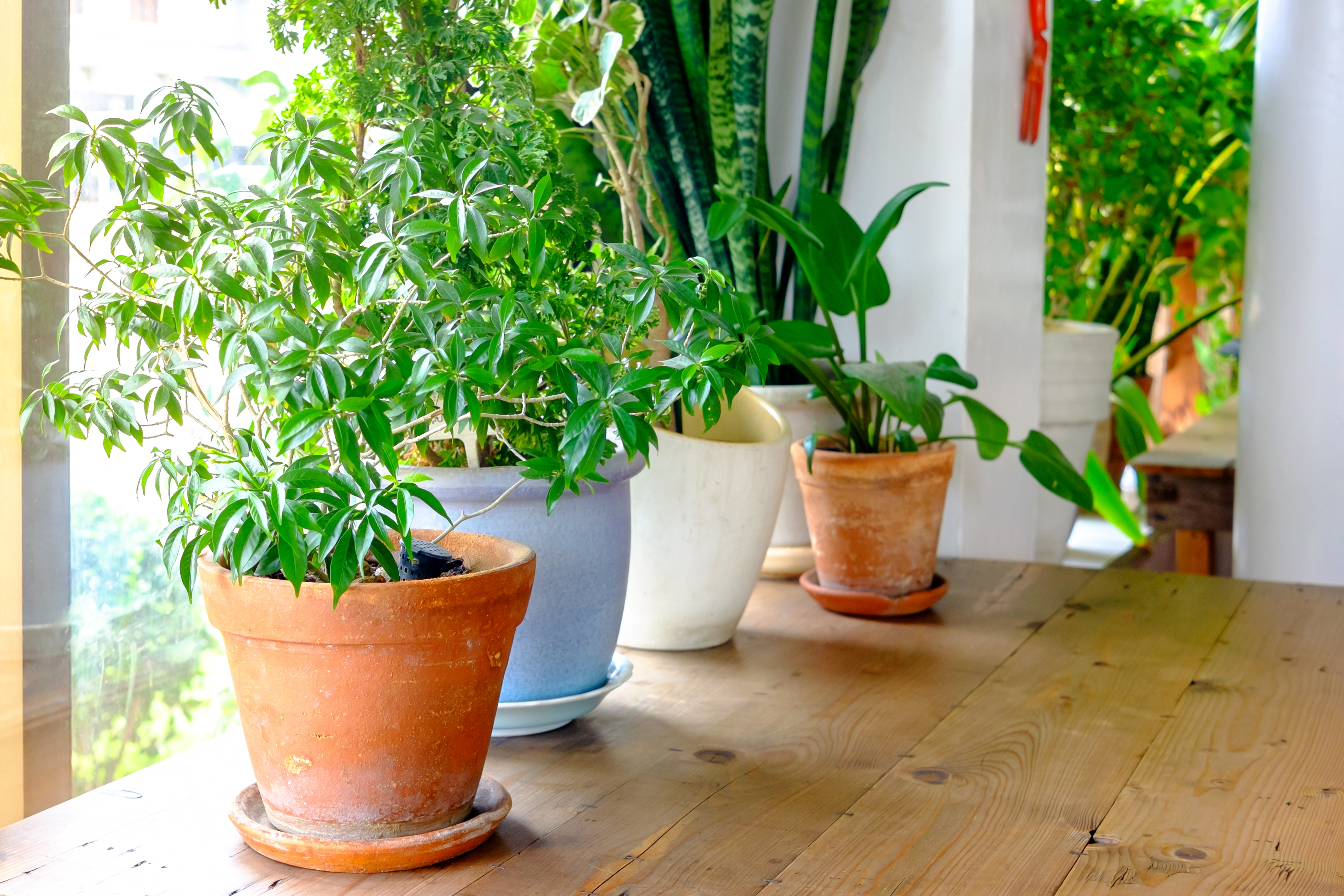Q. Dear Umbra,
Some people in my office have small plants. I would like to contribute to this extremely small attempt to decrease the carbon level. I have tried to find the plants that have the highest intake ratio of carbon relative to their size, but I have been unable to find anything comparable to a list. As I work in an office, the plant’s size must be small, and it would only get direct sunlight a few hours a day.
Zygmunt C. (but you can call me Ziggy)
Chicago, IL
A. Dearest Ziggy,
Thank you, I will. What a delightful nickname.
Your question brings to mind images of office workers all over the country — nay, the world — setting out potted plants and installing living walls like some kind of benevolent green army. I have half a mind to run out to the nursery right now to join the revolution, though the utter lack of sunlight in my basement office contributes somewhat to my dismal track record with houseplants.
If I may take us back to Biology 101 for a moment: All plants, from the tiniest mosses to the mightiest redwoods, pull carbon from the air and convert it to food during photosynthesis. The larger the plant, the more carbon it sequesters in its tissues — so, naturally, a vast forest will make a much bigger impact on atmospheric carbon levels than a few scattered houseplants. That’s why major carbon sequestration projects tend to focus on large-scale tactics, like coastal wetlands protection and soil landscape restoration. But the little potted guys still deserve their place in the sun (even if only for a few hours a day).
We can be sure all plants will siphon some carbon, but just how much is difficult to pinpoint. By way of comparison, an individual mature tree can sequester anywhere from 2.5 to 48 pounds of carbon per year, so we know an office plant will pull only a fraction of that weight. But don’t give up on your dream of a lush, leafy workplace just yet, Ziggy. For one, even if each individual plant doesn’t contribute much carbon sequestration, every little bit helps. And two, there are other excellent reasons to green up your office.
Like what? Well, plants pull a lot more out of the air than just carbon dioxide — including indoor air pollutants such as fine particulate matter, volatile organic compounds, flame retardants, and heavy metals. These undesirable substances get into the air you’re breathing on your 9-to-5 by off-gassing from furniture, equipment, and even the building itself. The problem is particularly bad in more modern, energy-efficient offices without adequate air exchange. Before you add a gas mask to your work wardrobe, though, some good news: Studies from none other than NASA discovered that certain houseplants can scrub as much as 87 percent of pollutants from the air in just 24 hours.
Even better, here we do have a ranking system. Drumroll, please: The top 10 houseplant air cleaners, according to NASA, are areca palm, lady palm, bamboo palm, rubber plant, dracaena, English ivy, dwarf date palm, ficus, Boston fern, and peace lily. Falling short of the top 10 but still effective, we have spider plants, chrysanthemums, Gerbera daisies, philodendron, and azalea. Might one or more of those species work for your desk?
Beyond even that, studies show that greenery in the office contributes to a slew of employee-pleasing benefits: better morale, decreased absenteeism, increased productivity, reduced frustration, and boosted patience. That could be useful to point out to your boss if he or she trips over your new bamboo palm on the way to the bathroom.
So plant away — and encourage your colleagues to do the same. If you’re feeling especially motivated, you might lobby for a more extensive green installation (wouldn’t something like this be fantastic in the conference room?). But don’t get too hung up on the potted plants. Once you’ve greened up the workplace, it’s time to move on to other ways you can fight climate change from behind your desk. I hope your new ficus is just the beginning of a fresher, more sustainable, and ultimately more rewarding career. Go get ’em, Ziggy.
Stomatically,
Umbra




